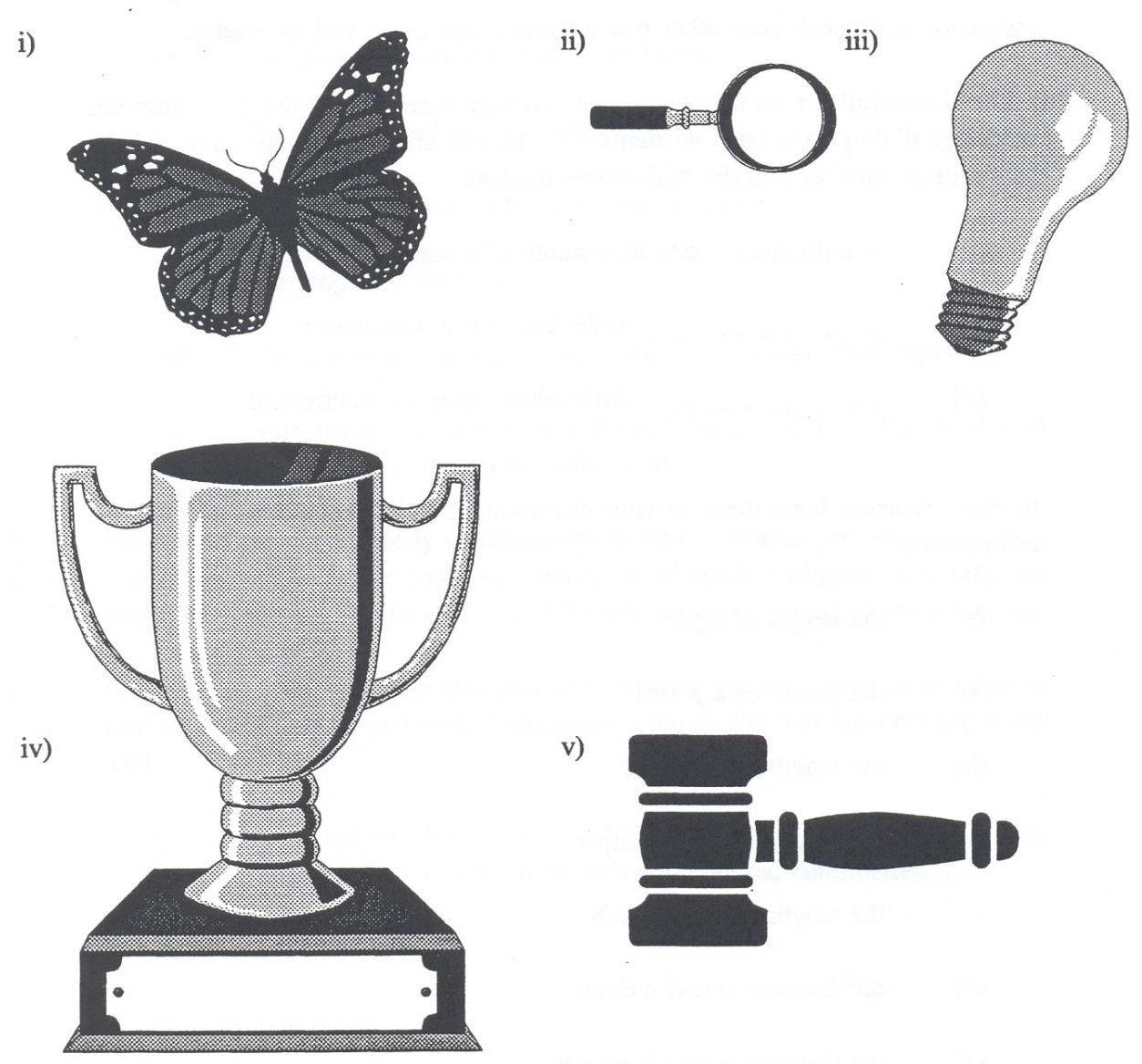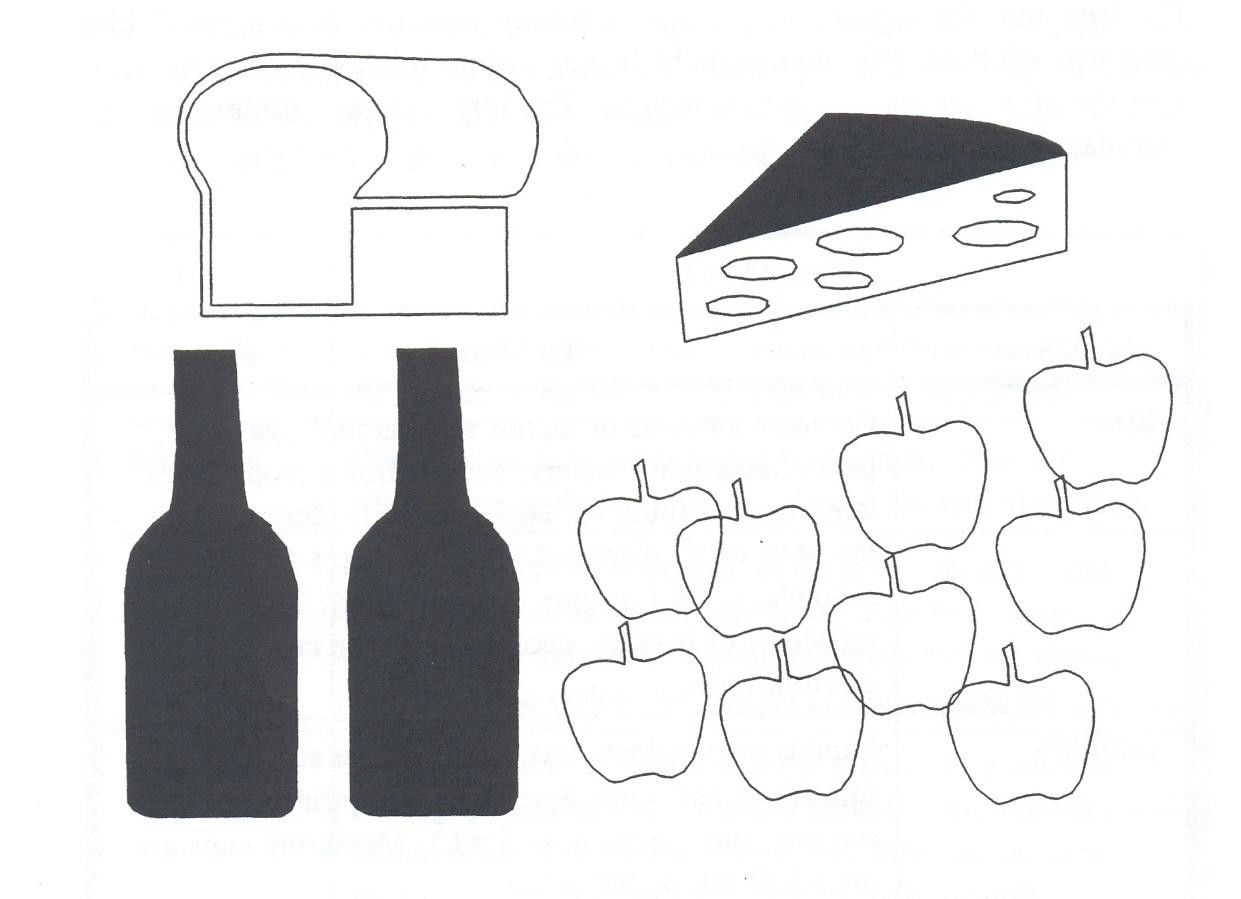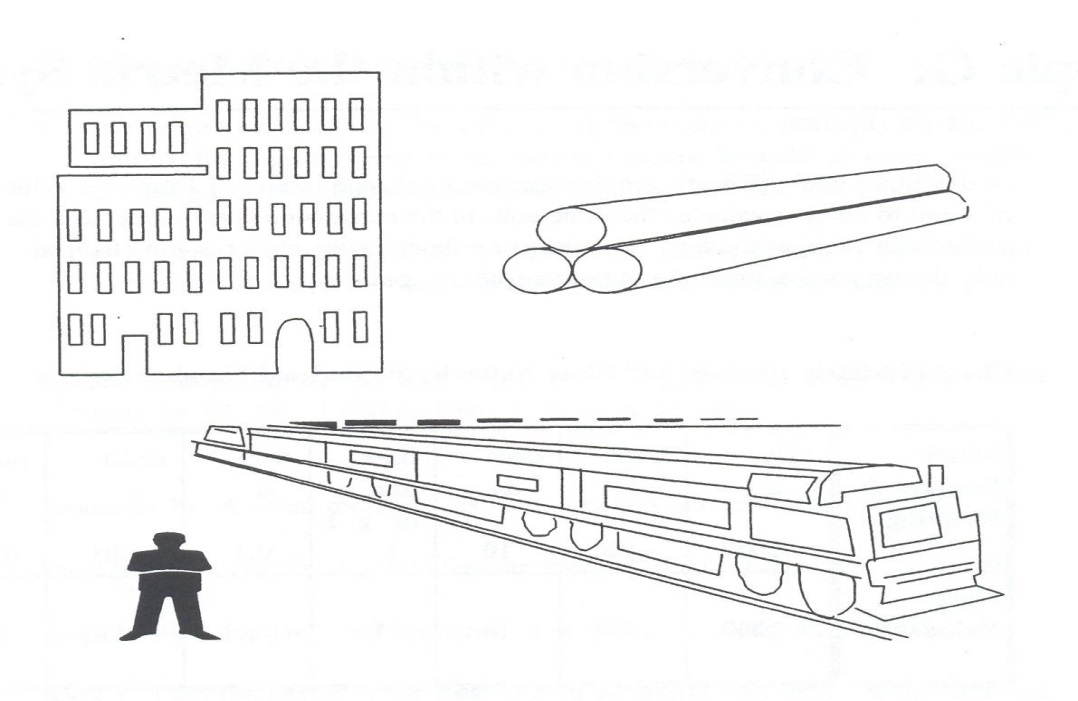Unit 6: Measurement
Topic C: Measuring
Measuring Distance and Length
The metre is the base unit for this purpose. In Topic C, all the prefixes were combined with the base unit metre. But for everyday purposes, we use only kilo, centi, and milli with metre.
| Use… | To Measure… |
|---|---|
| kilometres | long distances, such as road distances, length of rivers, to measure car speed per hour, highway signs. |
| metres | medium lengths, such as room size, track and field events, size of building lots, rope, extension cords, fabric, carpeting. |
| centimetres | common, smaller things such as a person’s height, waist measurement, size of furniture, length of pants, width of wax paper, shoelaces, skis. |
| millimetres | very small things such as postage stamps, size of precise tools, length of screws and nails, fine sewing measurements, thickness of plywood and glass. |
Exercise 1
Get a metre stick or tape measure. If you have problems, your instructor will assist you in reading the measuring tool that you use and will check your work.
- Find the centimetre markings on the metre stick or tape measure. Remember that one centimetre is one hundredth of a metre, so there are 100 centimetres in each metre.
- Using the centimetre markings, measure the following:
- your desk or table top, in both directions
- the distance from the floor to your desk top (its height)
- the cover of this book
- the covers of two different-sized books
- the thickness of a fat dictionary
- the height of your chair seat from the floor
Your hand span is a handy measurement to know because you can use it as a measuring tool to make quick measurements of smaller objects. Knowing the length of your pace is also useful for quick measurements of room size, etc.
- You will need a flexible tape measure for these measurements to be taken in centimetres.
- your height
- your foot length
- your smile
- ear to ear
- around your head
- the length of your arm
Exercise 2
The answers to questions a are listed below. Your instructor will check your other measurements and assist you as needed.
- Look carefully at the measuring tool you have been using. Find the millimetre markings if they have been written on the tape or stick. You may have to look at a shorter ruler to find the millimetres marked.
- A millimetre is one thousandth of a metre.
- millimetres equal one metre.
- millimetres equal one centimetre.
- Now measure these items in your classroom, first in centimetres and then in millimetres:
- the length of a pen
- the length of a pencil
- the length of an eraser
- the length of two different pieces of chalk
- the length of your longest fingernail
- the width of the fingernail on your small finger
- Measure the longest (or widest) part of each picture in cm and in mm.

Answers to Exercise 2
-
- A millimetre is one thousandth of a metre.
- 1000 millimetres equal one metre.
- 10 millimetres equal one centimetre.
Exercise 3
Make the following measurements. Choose the most convenient unit (metres, centimetres, or millimetres) for each question. Draw a sketch of the shapes. Record your results carefully because you will use them at the end of the Unit Two.
- Measure the length and width of your classroom.
- Measure the length and width of the desk or table top that you use.
- Estimate the length and width of the hallway outside your classroom. Make this estimate by counting the number of paces you must take. Your instructor will demonstrate how to do this if you are not sure of the method.
- Measure the length and width of the top of a rectangular eraser.
Measuring Mass
Mass measures the weight of something. The unit for mass to which prefixes are attached is the gram – a very small mass. We use the kilogram (1000 g) for many everyday purposes. In fact, SI uses the kilogram as the official base unit because it is the most used, most practical amount.
Let’s look at the use of the common measurements for mass.
| Use… | To Measure |
|---|---|
| tonne (t) | Very large amounts such as trucks and farm crops; loads on trucks, trains, and ships; coal; factory production. |
| kilogram | Common amounts such as our body mass, meat and vegetables, packaged foods, packaged household. |
| gram | Small amounts of mass such as breakfast cereals, light packaged food, newborn babies, ingredients in some recipes. The amount of certain nutrients that we should eat. Bulk and delicatessen foods may be priced per 100 g. |
| milligram | Extremely small amounts of mass such as in medicines (3 mg of pain-reliever in every tablet!); the vitamins and minerals in foods (check the nutrient information on a package); the recommended dose of daily vitamins. |
The tonne, symbol t, has not been mentioned before. Notice that the name does not use a prefix or a base unit.
- 1 tonne = 1000 kg
- 1 tonne = 1000000 g (Can you imagine the mass of one million raisins?)
Exercise 4
Use a scale marked in kilograms at a supermarket, at home, or in class for b. to e.
- Find your own mass in kg.
- Find the mass of a large turkey.
- Find the mass of 4 L of milk.
- Find the mass of 12 carrots.
- Find the mass of any vegetables and fruit you buy in the next week.
Measuring Capacity (Volume)
The base unit for capacity is the litre. Capacity measures how much fluid a container will hold. The fluid might be liquids such as milk, water, and blood or it might be a gas such as air or oxygen. The litre and the millilitre are the everyday measurements for capacity.
| Use… | To Measure |
|---|---|
| litre | Common large amounts of liquids such as milk, gasoline, paint, household cleaners, bottled drinks (pop, juice, etc.), large cans of food; car engines may be described by the litres of air displaced in the cylinders (for example, a 1.5 L engine in a small car). The capacities of buckets, cookware and ice cream are given in litres. |
| millilitre | Liquids in smaller containers less than one litre such as food, soft drinks, and wine. Spices and flavouring for cooking (one teaspoon 5 mL). Measuring cups are often 250 mL or 500 mL. |
Look at your home and around the grocery store to find items measured in litres and items measured in millilitres.
Look at measuring spoons to help you get a feeling for small amounts measured in millilitres.
Exercise 5
Write the measurement (prefix and unit) which would be most practical to measure these objects in real life. Answer every part of each question.
- Example:
- bread: mass grams (g); length centimetres (cm)
- apples: mass ; distance around
- wine: mass ; height ; capacity .
- cheese: mass ; height .

-
- person mass ; height ; lung capacity .
- building: height ; width .
- train: length ; mass ; distance the train travels per hour .
- logs: length ; mass ; distance across the cut end of one log .

Answers to Exercise 5
-
- bread: grams, centimetres
- apples: kilograms, centimetres
- wine: kilogram, centimetre, litre
- cheese: kilograms, cm or mm
-
- person: kilograms, centimetres, litres
- building: metres, metres
- train: metres, tonnes, kilometres
- logs: metres, kg or tonnes, cm

